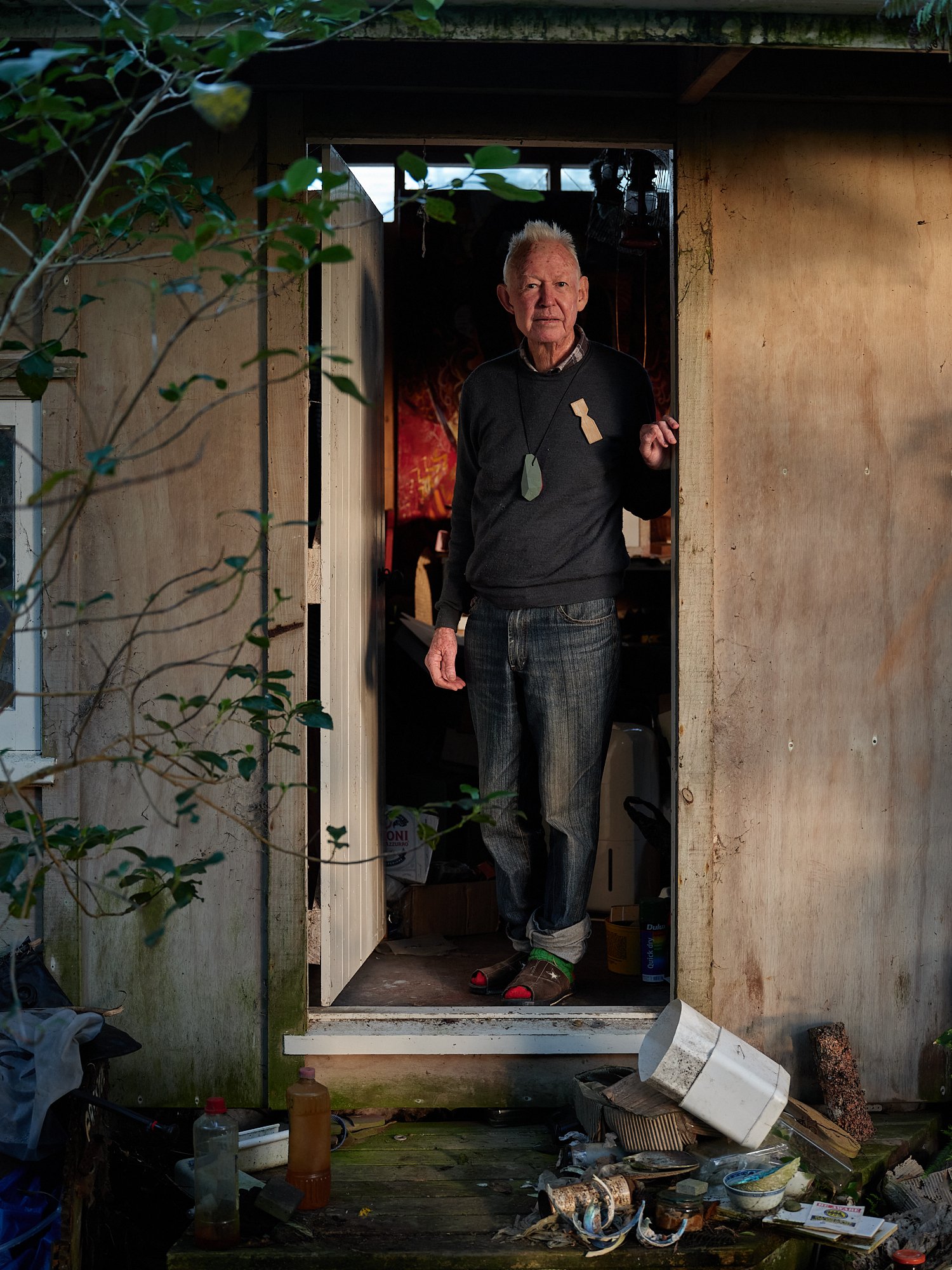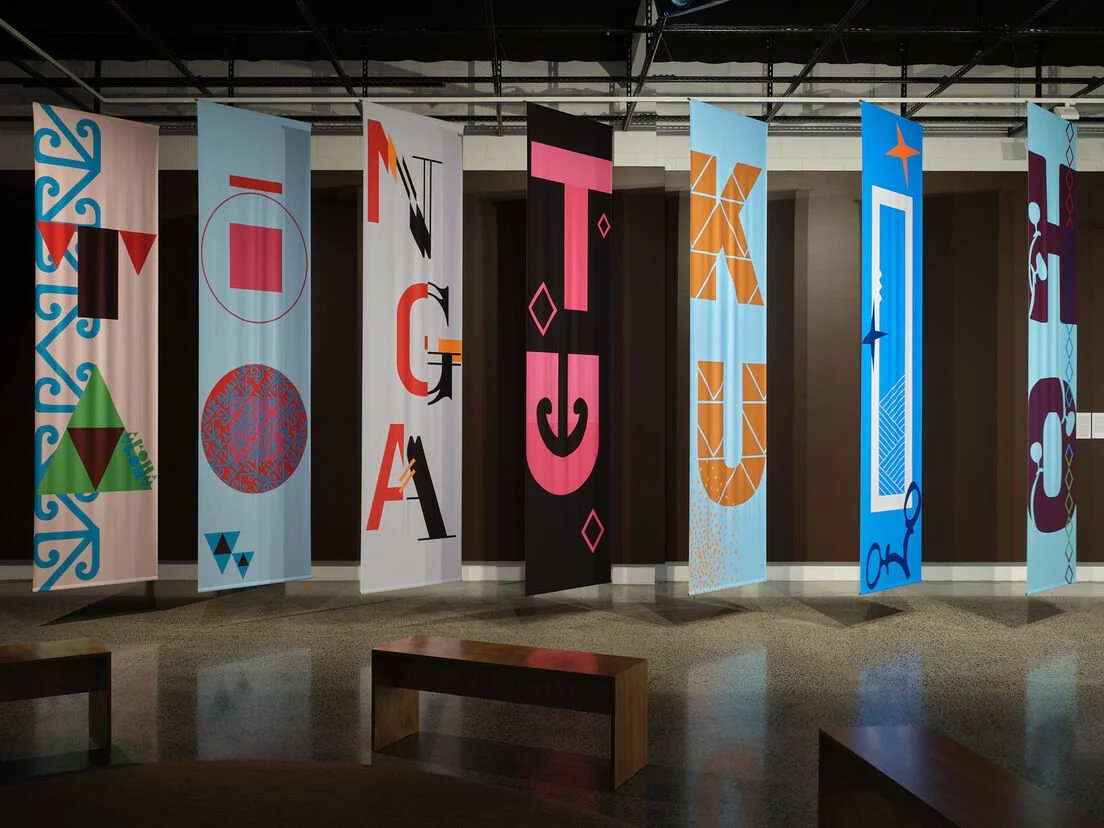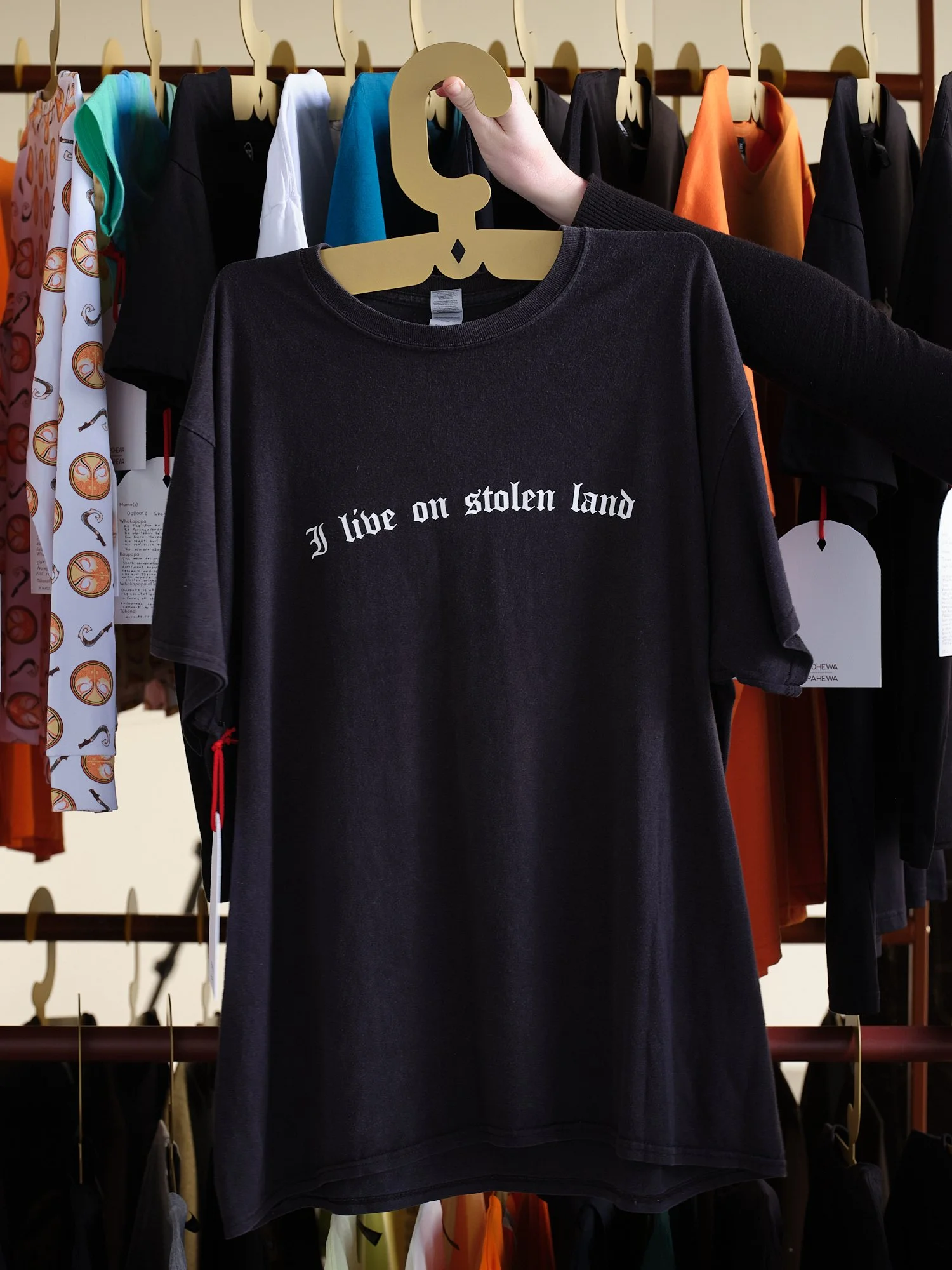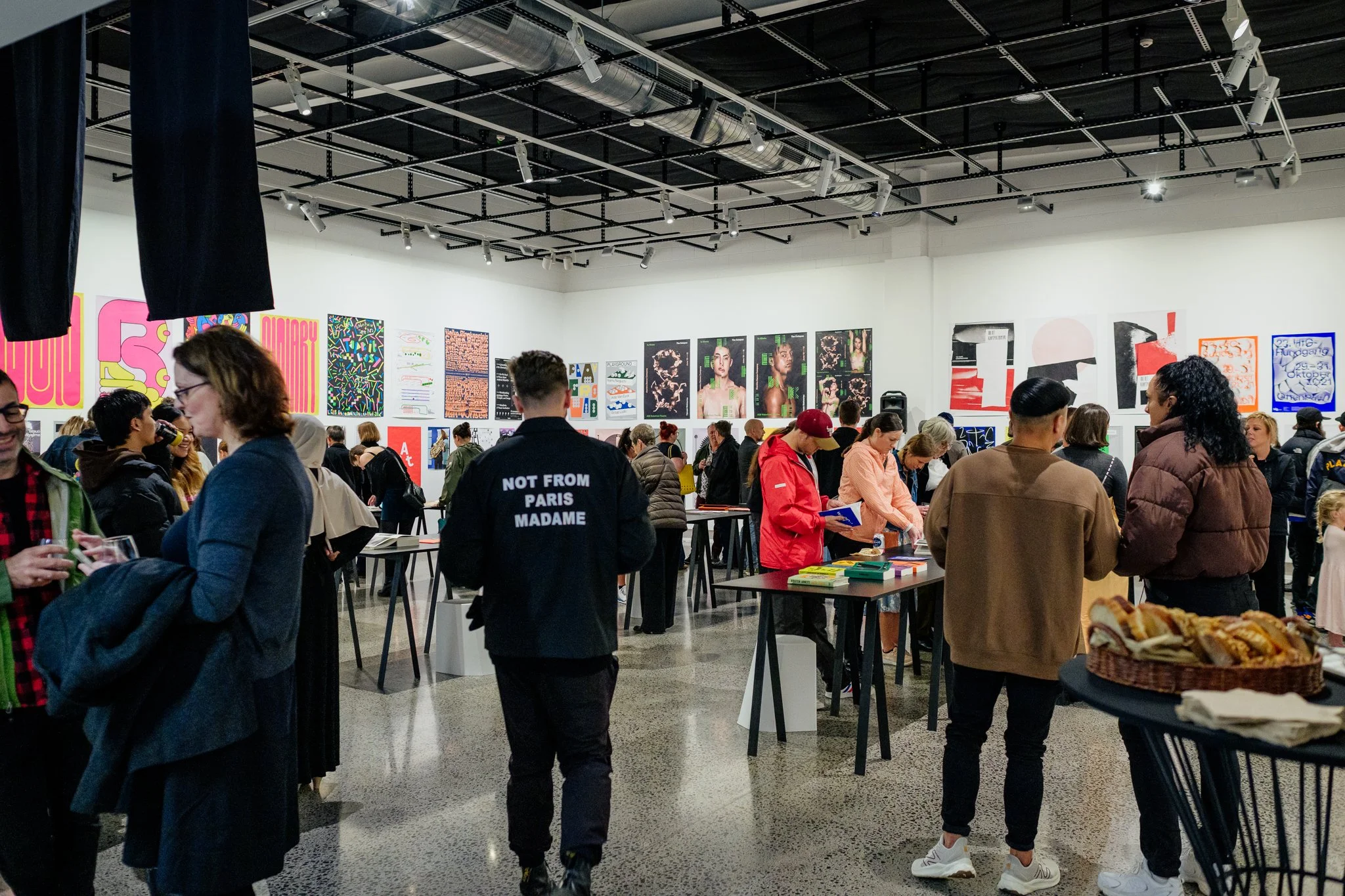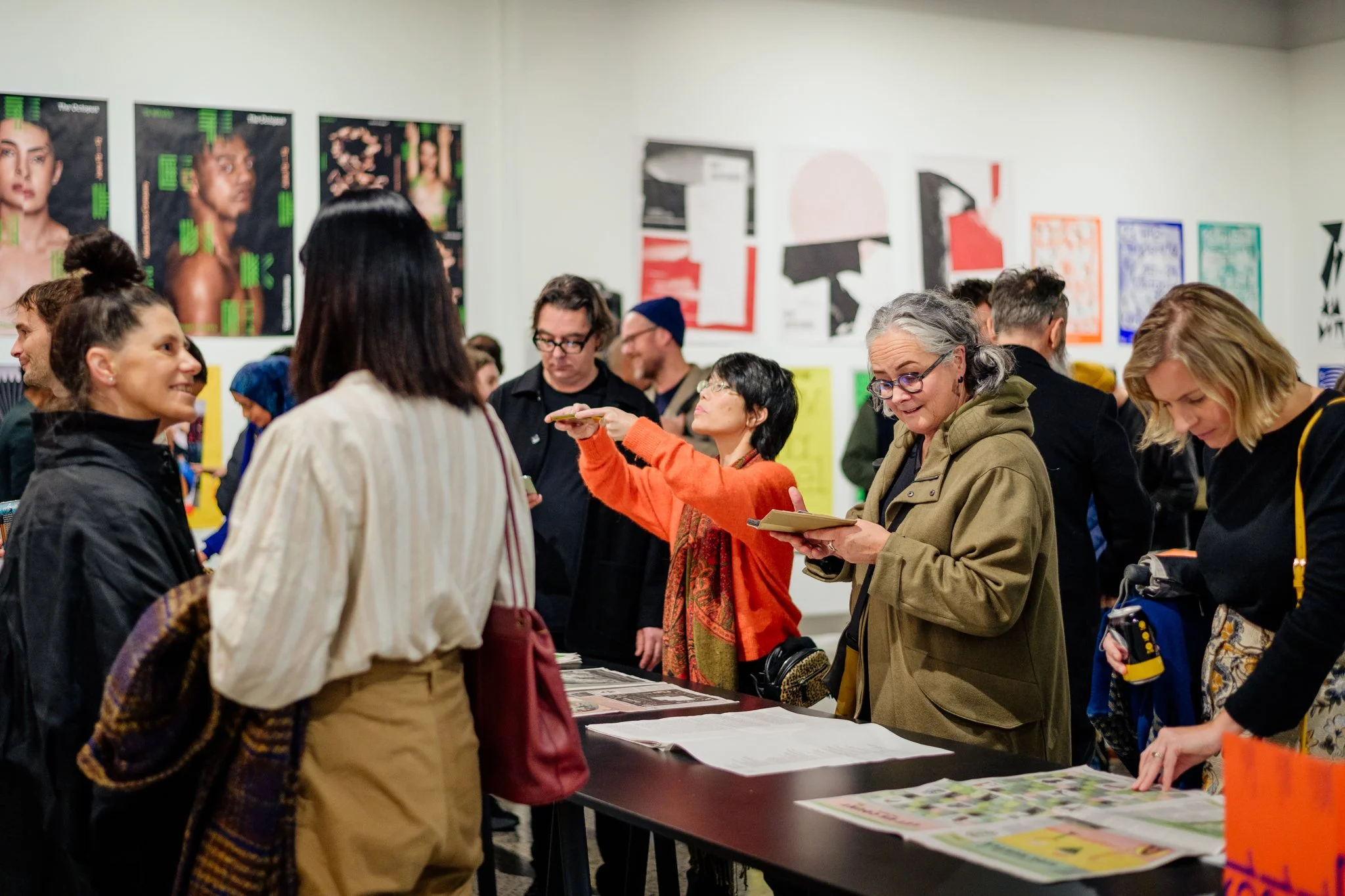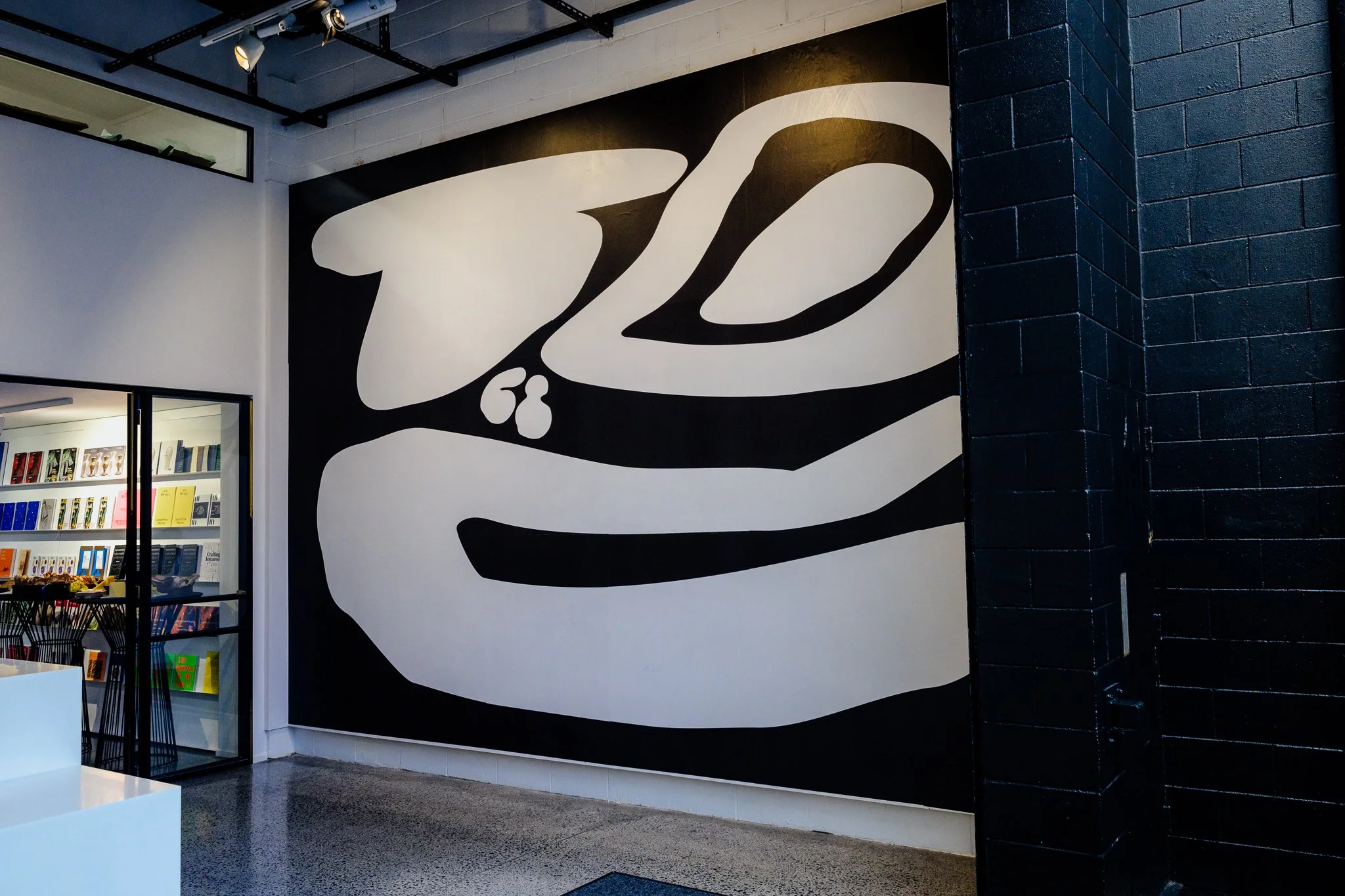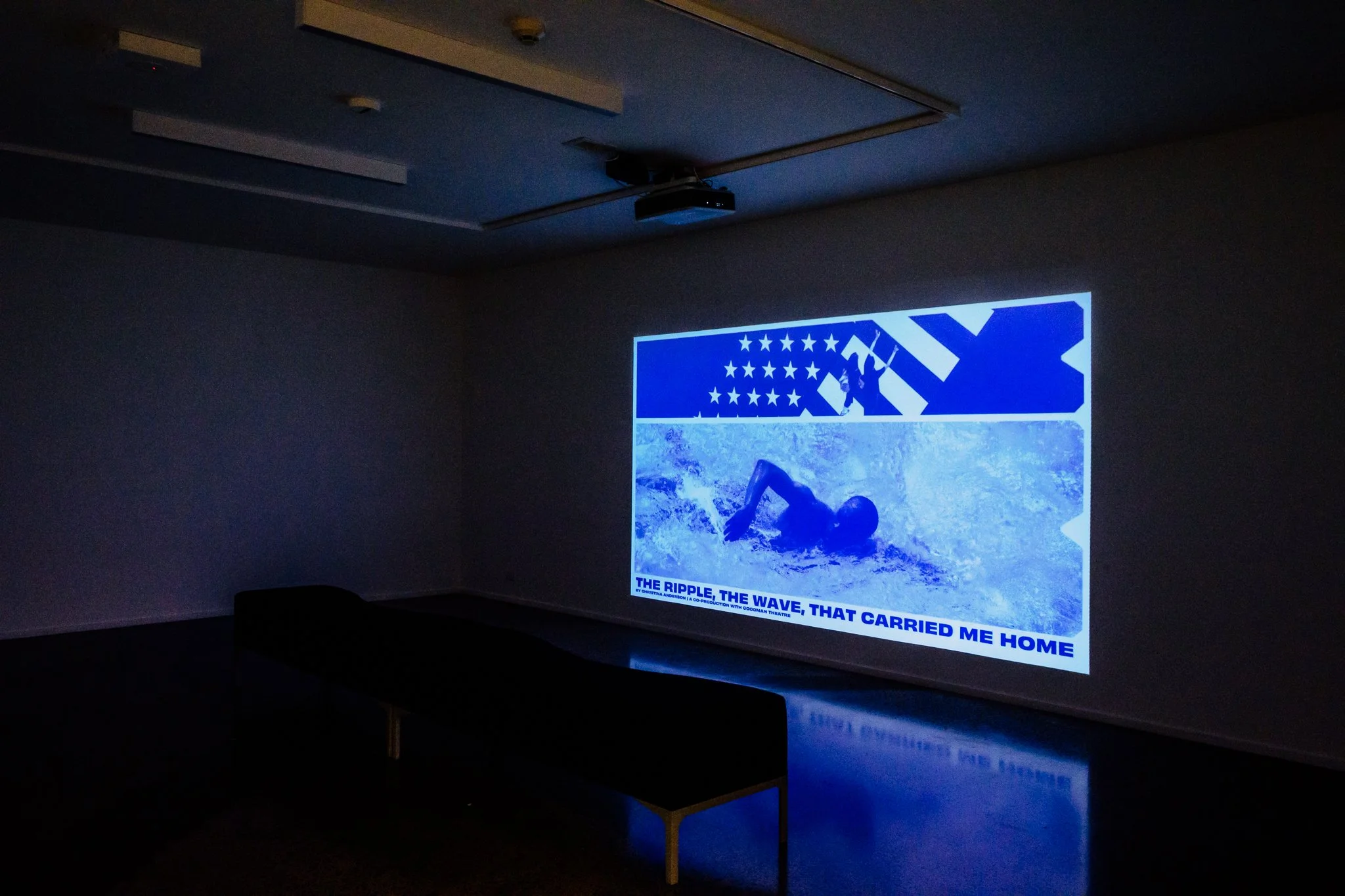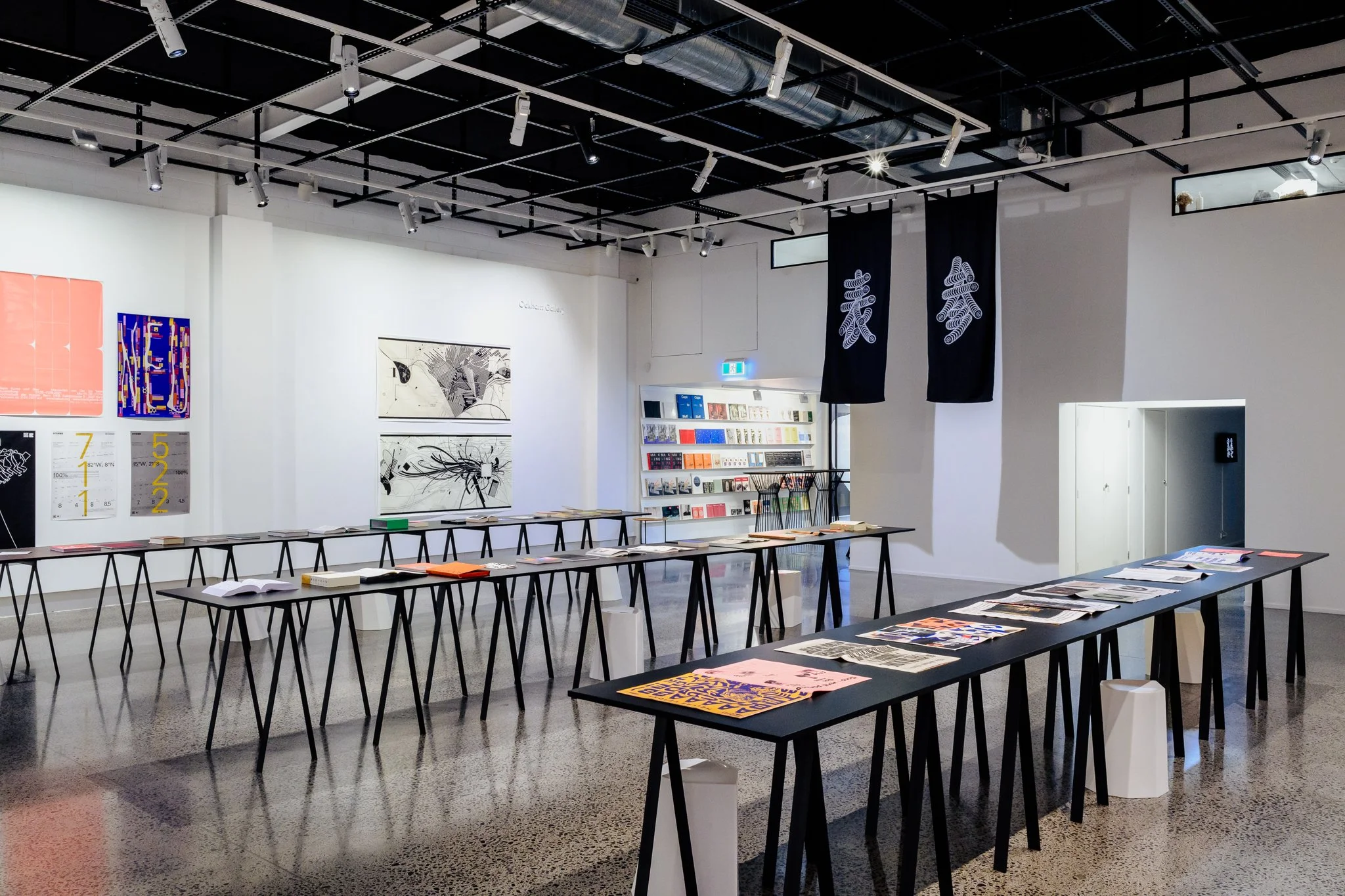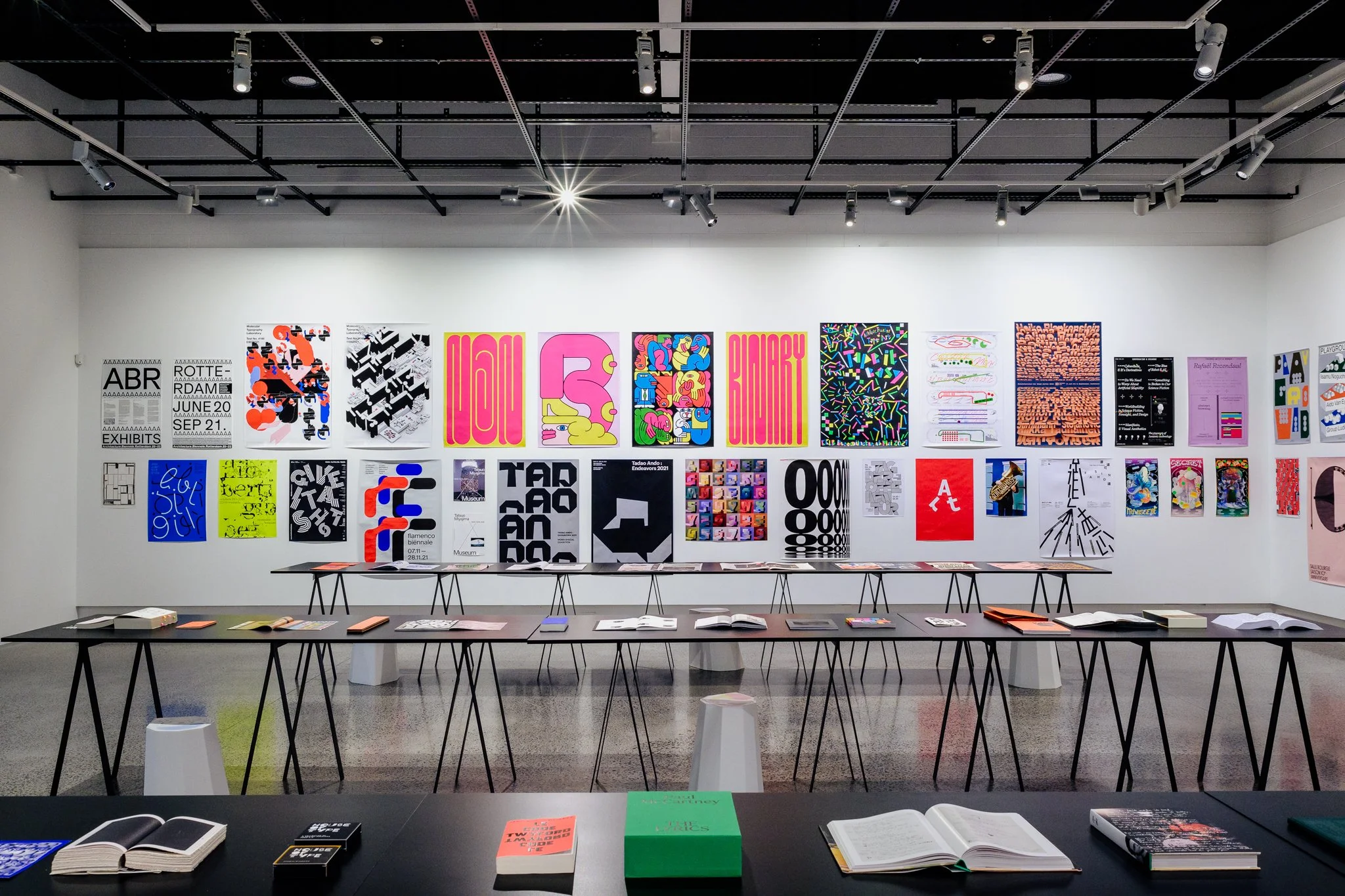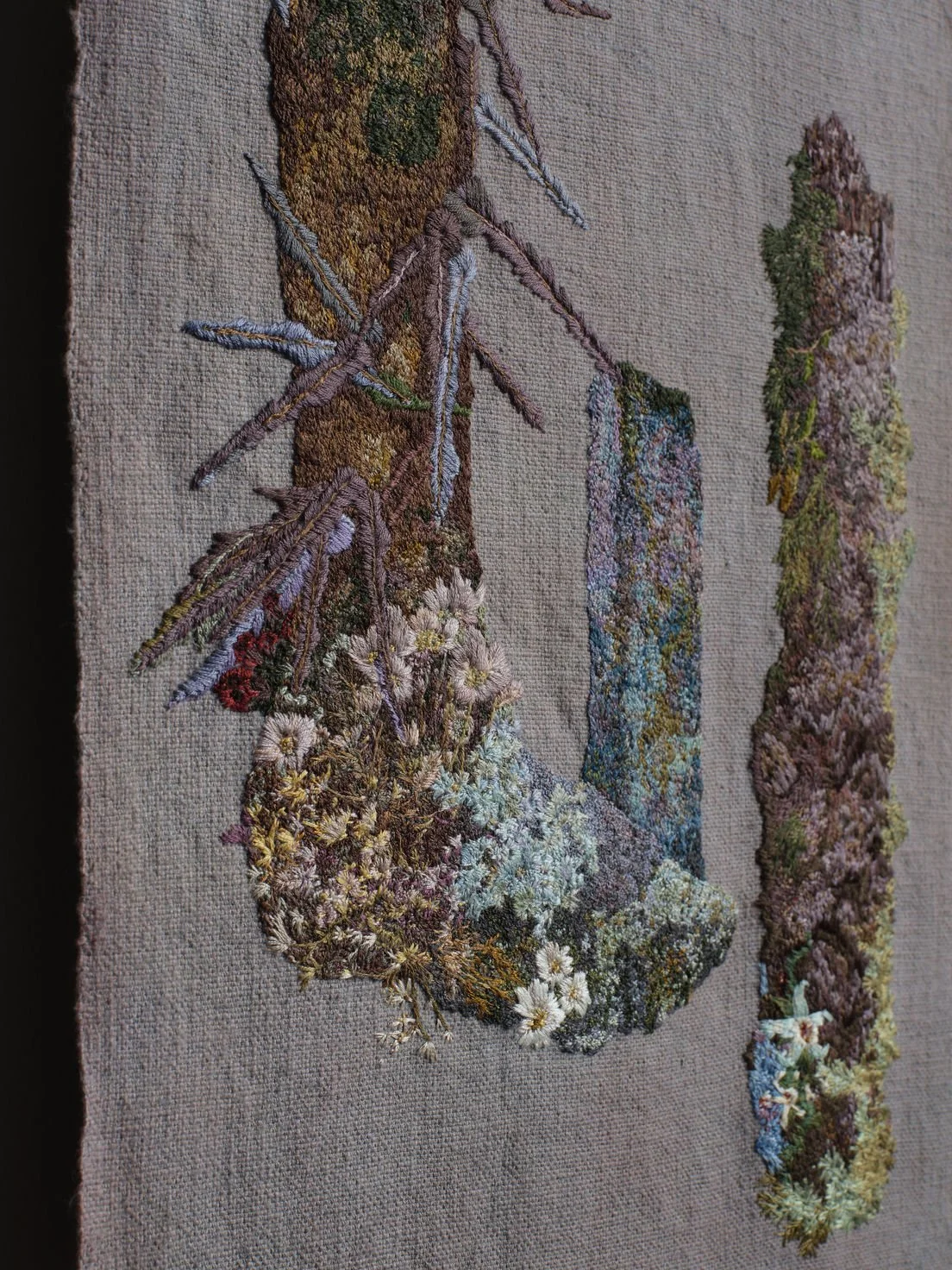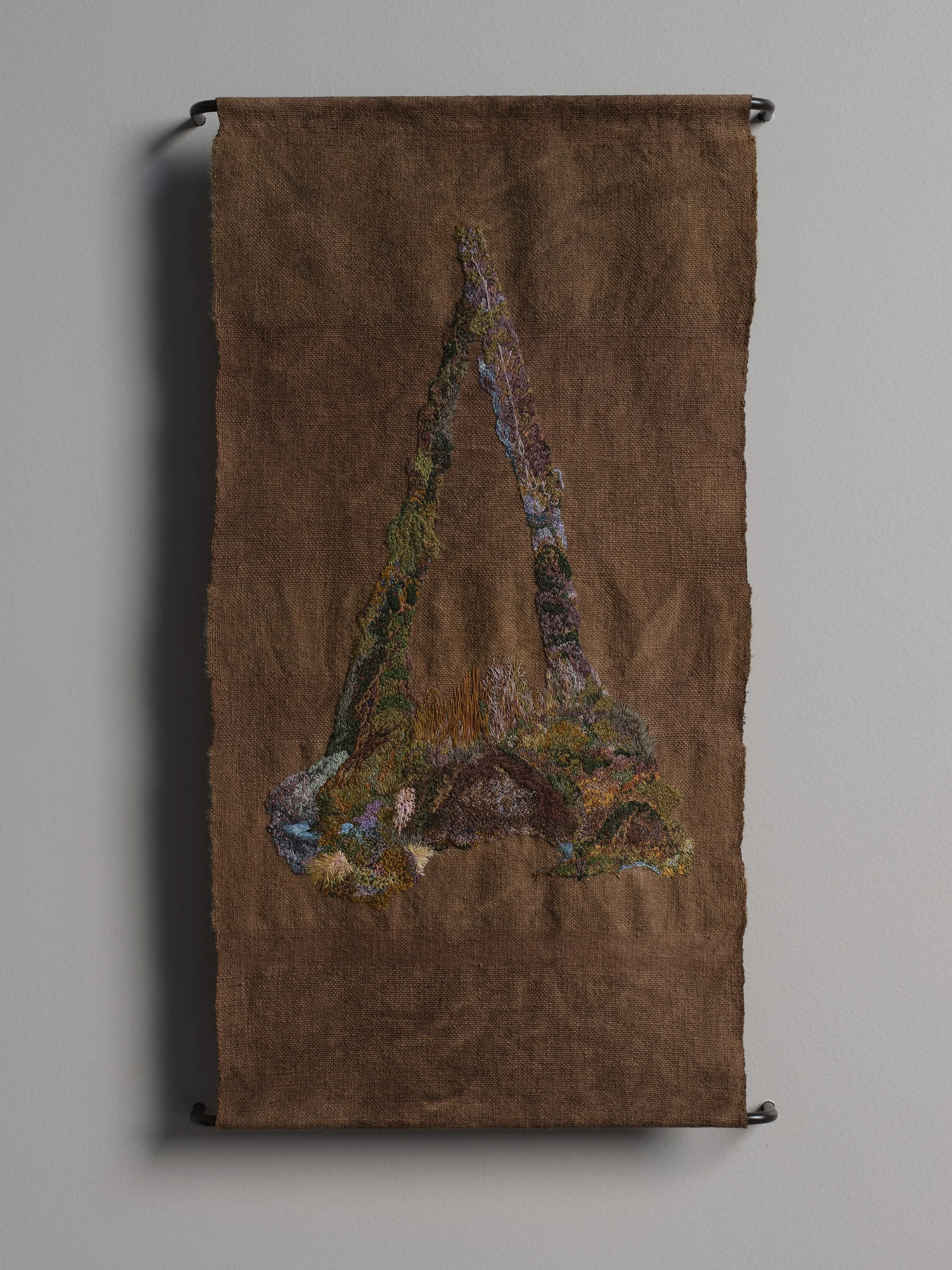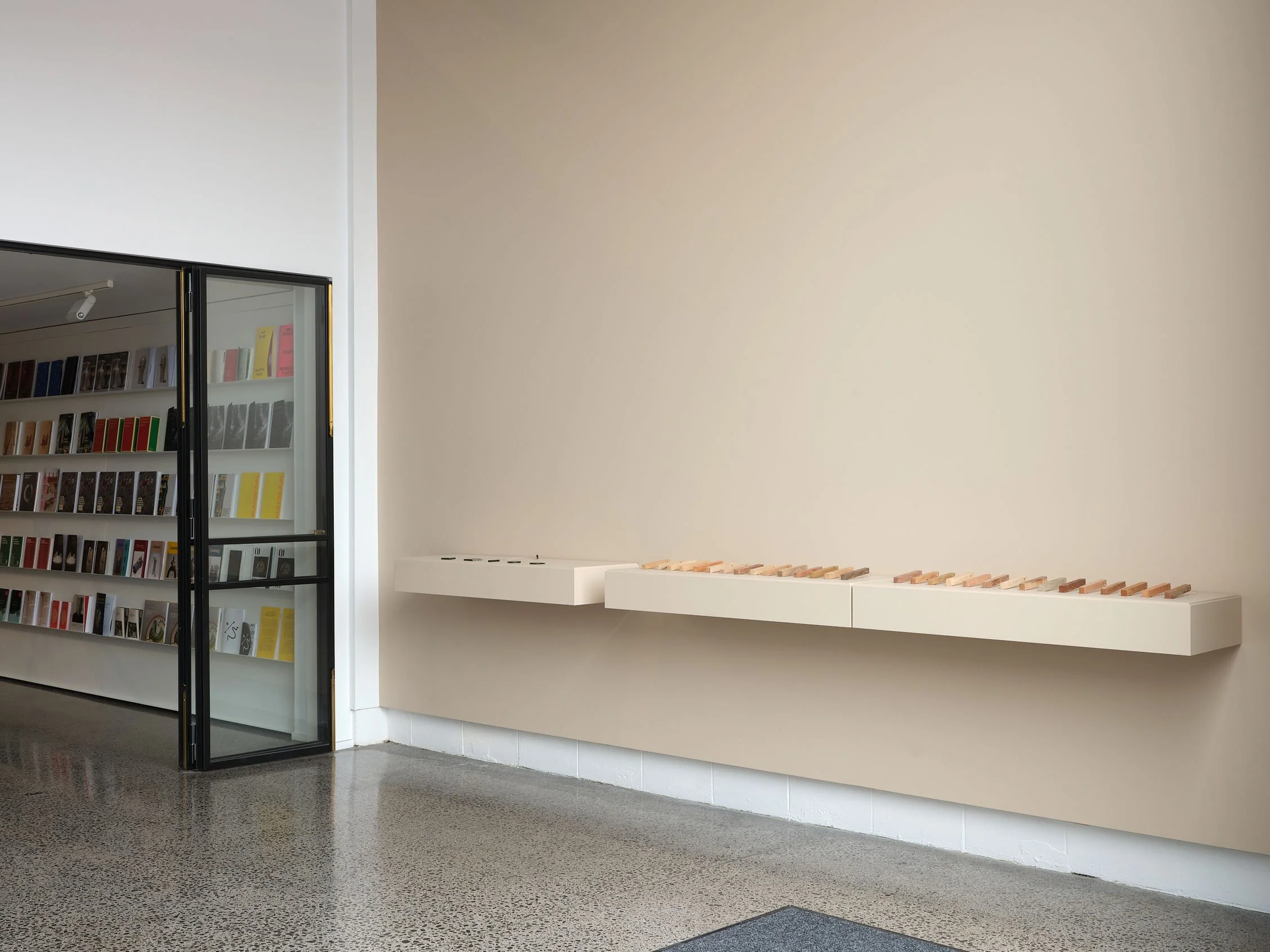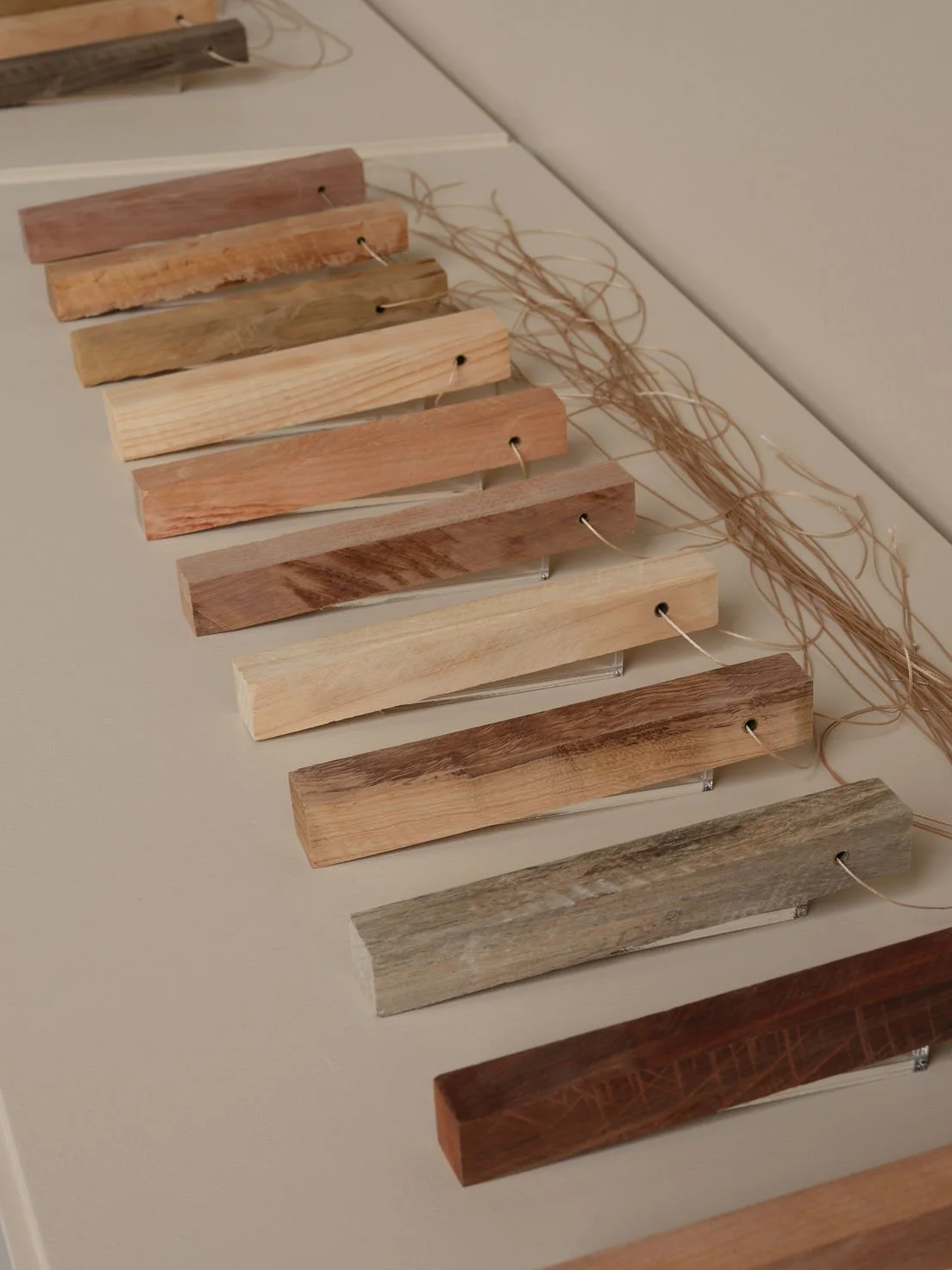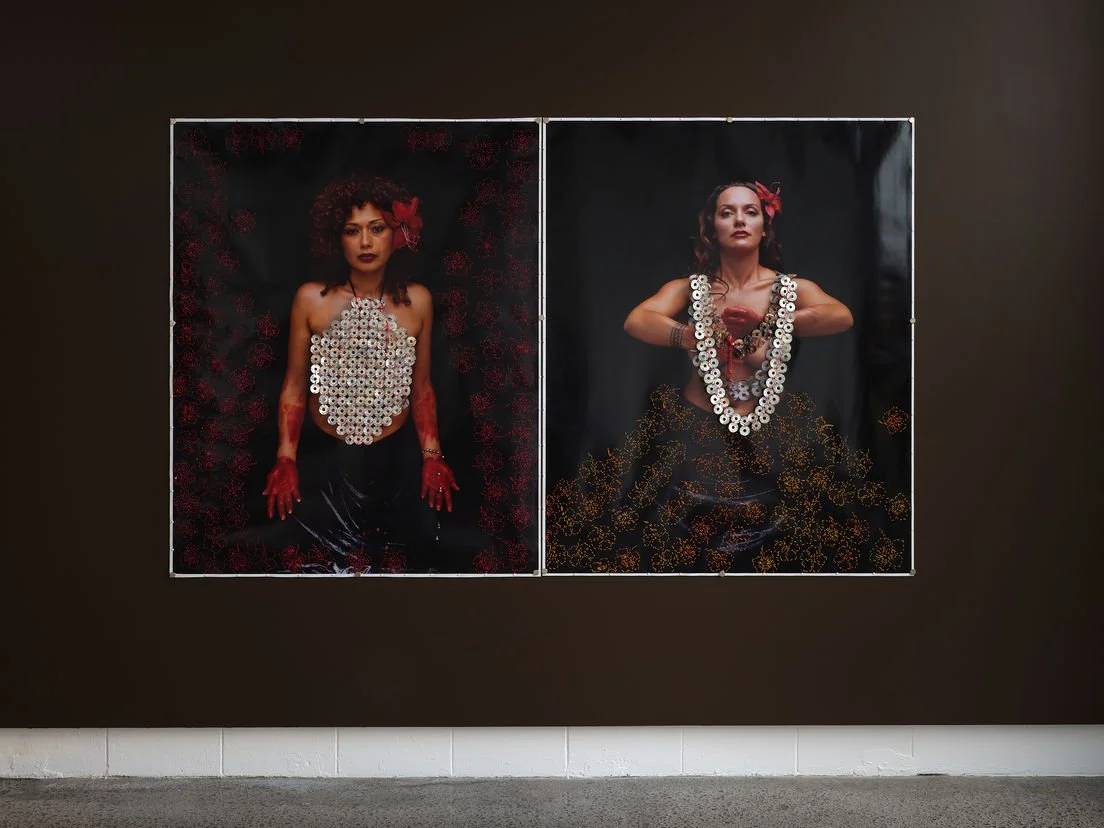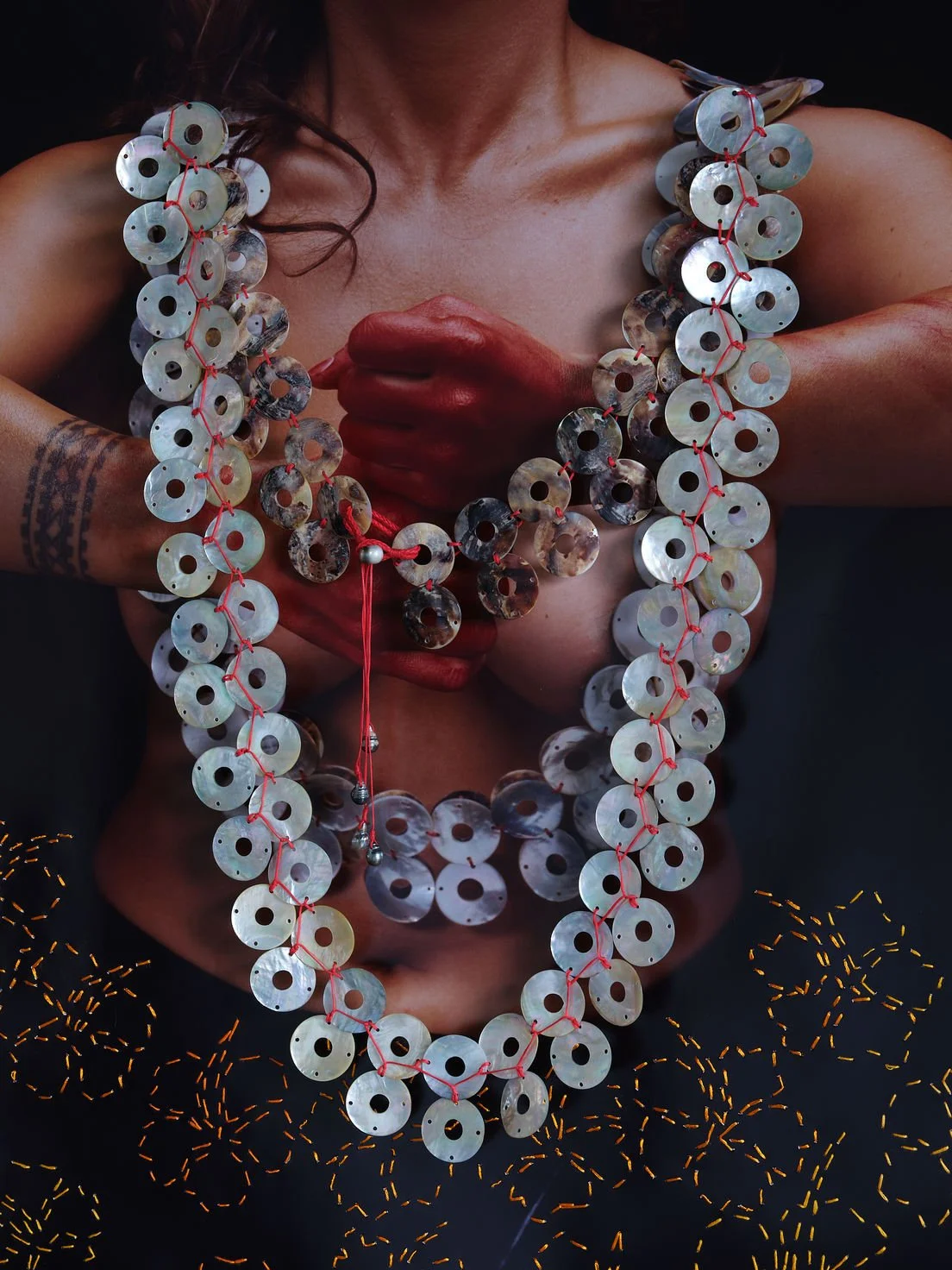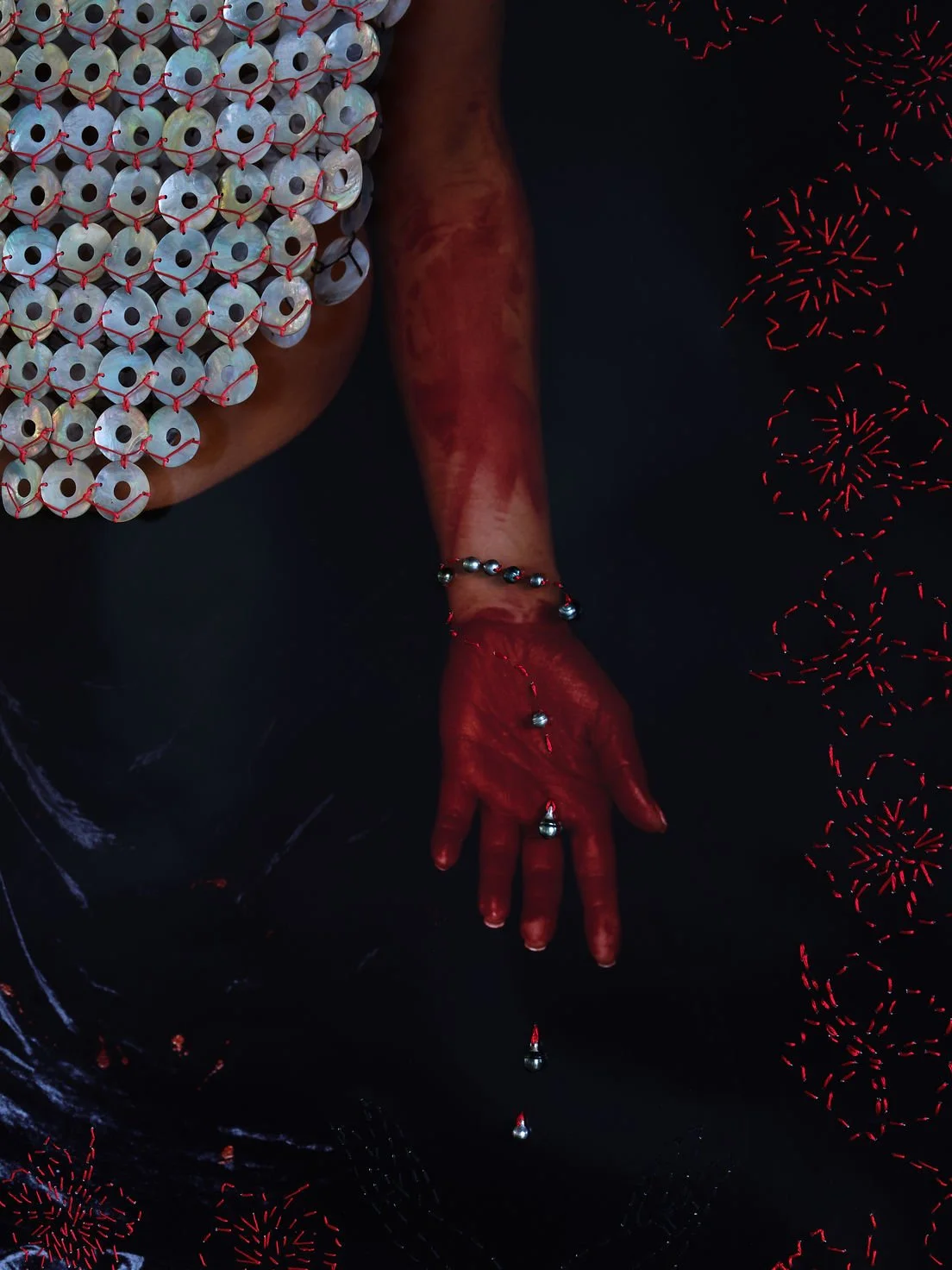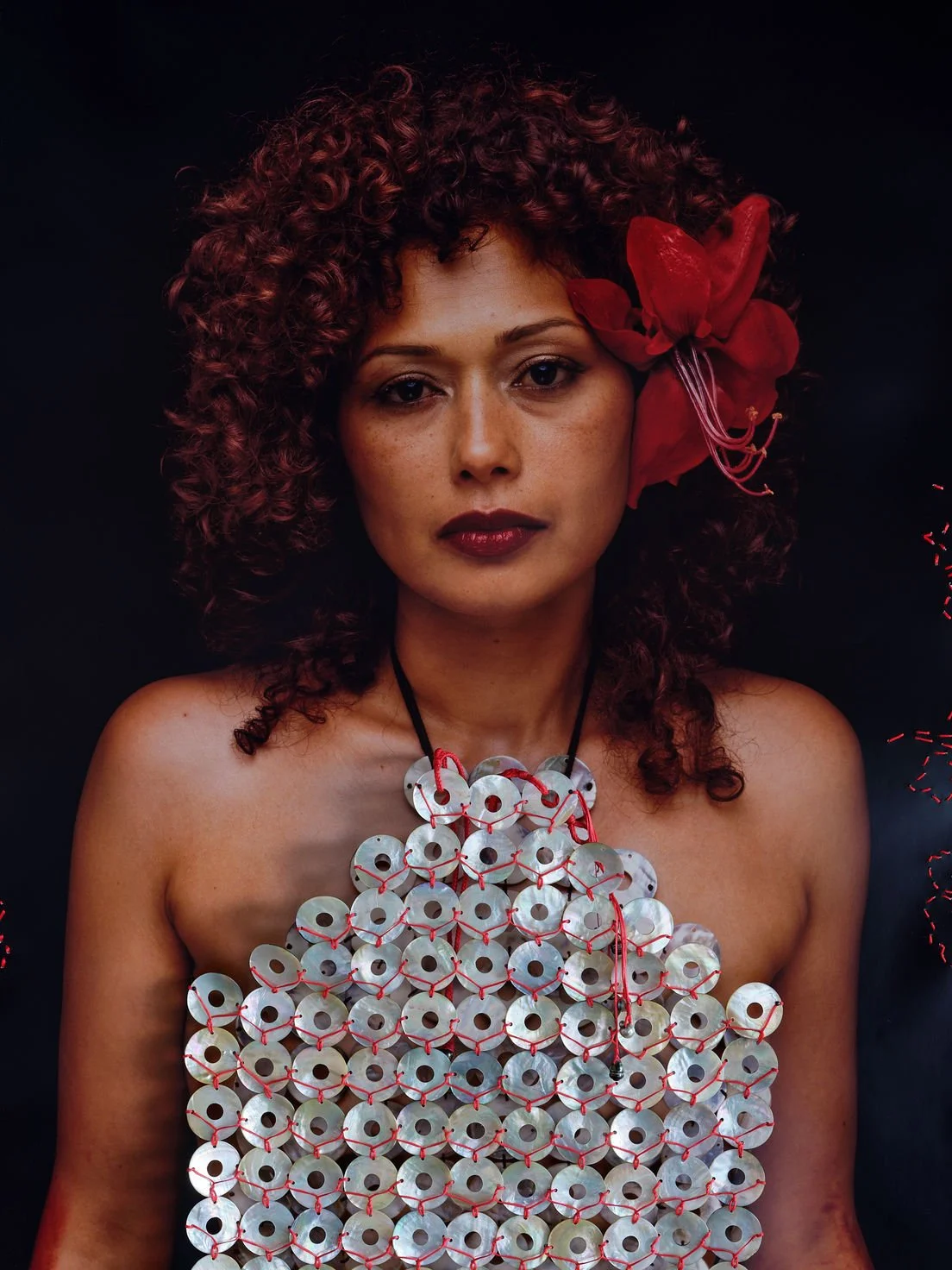OBJECTSPACE WELCOMES ABOARD
CEMAC COMMERCIAL INTERIORS
Objectspace is delighted to welcome
Cemac Commercial Interiors aboard as our fourth and final Strategic Partner. Objectspace Director Kim Paton says:
Photo / Doug Sherring
"We are delighted to have Cemac join our Strategic Partner whānau. Their support will enable us to commission new work to exhibit in our foyer space — the Cemac Foyer! — and deliver one-of-a-kind public programming annually.
Along with our four other key partners, Cemac is empowering us to think bigger for the future of Objectspace.”
Managing Director of Cemac Derek Finnigan adds "Cemac has been partnering with New Zealand architects and designers for the past 60 years.
It was an easy decision for us to partner with Objectspace as they continue to champion the outstanding work of architects, designers, and makers.
We look forward to supporting the Objectspace team as they move forward with their stellar plans."
Cemac Foyer | Exhibition Archive
Alan Preston:
Kātahi me ināianei / Now and then:
16 Mar–19 May 2024
Venue
Objectspace
Cemac Foyer
Photography
Sam Hartnett
Sponsor
Autex Acoustics
Kātahi me ināianei / Now and then presents a selection of jewellery from Alan Preston’s archive.
These pieces bring together a personal record of creative jewellery practice over the past 50 years. Preston’s own pieces mingle with those gifted and purchased to create a collection that holds memories, whakapapa and affiliation to a community of makers across Aotearoa.
The installation replicates a wall in Preston’s home that is a catch-all for his collection. A humble building perched in the bush overlooking Muriwai beach, it was designed by David Mitchell in 1985 along with an adjacent workshop. The house’s architecture reflects Alan’s admiration for aesthetics found across Te Moana-nui-a-Kiwa with exposed beams and posts along its centreline.
Surrounded by other artefacts of a creative life, the wall in Preston’s living space has grown over time to become his jewellery box. Pins move about the wall supporting an array of works, including Preston’s own Startled Kiwi brooches and can tab necklaces, his favourite Pauline Bern ring and an Areta Wilkinson pendant.
Across the installation we see the aspects of Alan’s practice that he is well known for – a love and mastery of natural materials found close to home, a respect and desire to engage in cultural exchange and a practice that reflects issues of identity, place and politics.
The exhibition title reflects Alan’s understanding of time in te ao Māori – that “the past is always there in front of the future”. By using te reo Māori in titling this exhibition, Alan hopes to tautoko te reo Māori as tangata Tiriti and extends appreciation to his friends in their encouragement to do so.
Ngaro nga tikanga tuku iho / Lost traditions of my ancestors:
Stevei Houkāmau
30 SEP–19 NOV 2023
Venue
Objectspace
Cemac Foyer
Photography
Sam Hartnett
Stevei Houkāmau is a fulltime uku artist who lives and works within the Te Whanganui-a-Tara Wellington Region. She has worked with clay since 2011, preferencing uku because of its ability to convey our links to the geological and spiritual past – uniting tāngata, tūpuna, and whenua, while speaking to the critical connection tangata whenua have to place and earth.
Stevei has exhibited and has works in collections both nationally and internationally. Stevie has represented Aotearoa at FESTPAC, Guahan and indigenous Art Gatherings, and completed residencies in the United States of America, Australia and here in Aotearoa.
This new work by Stevei Houkāmau (Ngāti Porou, Te Whānau-ā-Apanui, Rangitāne) draws on traditions of hei (lei, neck garlands) and her on-going exploration of representing whakapapa as uku kākano.
Houkāmau’s individual kākano (seeds) are handmade from uku (clay) and hand-carved, with patterns drawn from Aotearoa and further through the Pacific tracing ancestral routes back to Hawaiki. The unique shape and size of the individual seeds respond to the genealogy line to atua and tūpuna. When joined as a chain, they create a representation of the unbroken whakapapa links that stretch back and stay ever connected.
Here, the uku kākano form a series of garlands evocative of hei / lei – an adornment ubiquitous in the Pacific but not widely seen within te ao Māori today.
Traditionally, hei were made from feathers, plant fibres, seeds or flowers and may adorn poupou, showing the mana of the carved figure. Within Aotearoa, Pacific lei are more easily found, often draped around photographs of whānau members passed, as a way to show aroha and connection.
Through these hei, Houkāmau recognises the disconnections to whenua of both Māori and Pacific whānau through displacement and migration, and the reinterpretation of traditions that happen when these disconnections occur.
Situated at Objectspace, Houkāmau’s beaded hei also acknowledge the neighbourhood of Grey Lynn and the loss of community for Māori and Pacific whānau through decades of gentrification and the changing local urban landscape.
She places the hei at the entrance to the gallery – scaled to adorn the space as a lament for traditions lost, and representative of the endurance of whakapapa.
Pohewa Pāhewa:
a Māori design kaupapa
1 Jul–2 Sep 2023
Venue
Objectspace
Cemac Foyer
Curator
Desna Whaanga-Schollum, Tyrone Ohia, Graham Tipene, Johnson Witehira and Zoe Black
Exhibition Design
Turumeke Harrington
Sponsor
Bremworth, Jagas, PSP
Pohewa Pāhewa includes contributions from:
ĀKAU
Bernard Makoare
Chloe Rewiti
Hika Taewa
Jasmine Te Hira
John Kaulima-Panapa
Morehu Flutey-Henare
Nichola Te Kiri
Paula Rigby
Peeti Lamwilai
Reihana Parata
Seb Charles
Tanya Reihana White
Te Puāwai
Tina Pihema
Turumeke Harrington
Wayne Youle
Whetu Paitai
Pohewa Pāhewa has been developed from whakaaro offered by Māori designers in wānanga across the motu. During these wānanga, Māori designers explained that healing is a fundamental motivation behind their practices. Healing might encompass relationships to whenua and with whānau, connections to whakapapa and understanding of identity, or acknowledging past trauma. This guiding principle is now a constant in Māori design practice – ingenuity, originality and invention all stem from a foundation of recovery and restoration.
Our understandings of design in Aotearoa have predominately focused on Eurocentric notions of practice – how consumer products, digital content or built environments are shaped by designers to solve a problem in an original way. This understanding often ignores the powerful influence of economic motivators and the environmental consequences of continuous change and production.
In contrast, Māori designers see the interconnected nature of their practice and the impact of what they create in the past, present and future simultaneously. Mahi is process driven, in direct kōrero with the whakapapa of place, people and materials to ensure that the mana of all involved is upheld. Embarking on a design kaupapa means an accountability to both tūpuna past and mokopuna yet to come.
Pohewa Pāhewa shares a collection of kaupapa that express Māori design as a balance of radical innovation and consideration of critical knowledge gifted by our tūpuna. From T-shirts to harakeke to paving stones, the exhibition revels in how simple materials can be wielded by designers to become something revolutionary and place tangata Māori in a better position than before.
The exhibition title was proposed by Bernard Makoare as a provocation for debate and discussion. It pairs two kupu that speak to the tension of the design process: ‘pohewa’ in relation to imagination; ‘pāhewa’ in relation to being mistaken or deluded. The combination of these kupu is an opportunity for us to consider how ideas become something remarkable, and how good design can transform ideas from imagination into reality.
TDC68 Aotearoa:
The World's Best Typography
21 May–28 May 2023
Venue
Objectspace
Cemac Foyer
Curator
Osborne Shiwan
Sponsor
Klim Type Foundry, Osborne Shiwan
About the contributors:
Founded in 1946 by the industry’s leading design practitioners, the Type Directors Club, based in New York, is an international organisation whose purpose is to build a creative community through public events and platforms, support the growth of students and early-career professionals, and recognise excellence in type design across the world.
Founded in 2006, Osborne Shiwan is an Auckland-based creative agency specialising in strategic thinking and art direction. Directors Lloyd Osborne and Shabnam Shiwan have collaborated with some of New Zealand’s most influential brands and their work has been recognised internationally within the areas of commerce, arts and culture. They manage the Aotearoa arm of Type Directors Club. Follow their work on Instagram at @TDCAotearoa.
This short-run exhibition celebrating the best of international type design returns to Objectspace thanks to creative agency Osborne Shiwan.
The annual Type Directors Club awards recognise design excellence and typographic innovation, with the exhibition traveling to cities across America, Asia and Europe, and now to Tāmaki Makaurau for its Aotearoa showing.
For this round, 202 winners were selected from 63 countries by a diverse jury of leading designers and type designers, reflecting TDC’s ongoing commitment to increase the level of diversity and representation in all aspects of its programming, membership, and on its Advisory Board.
TDC68: The World's Best Typography brings together hundreds of pieces from entrants into the TDC awards including Apple, The New York Times, Pentagram, Mucho and Klim Type Foundry, who are generously sponsoring this exhibition alongside Osborne Shiwan and Phantom Billstickers.
Pūtoi: as we gather our branches:
Georgina May Young
18 Mar–14 May 2023
Venue
Objectspace
Cemac Foyer
Georgina May Young (Te Ūpokorehe, Whakatōhea, Pākehā) was born in Ōpōtiki and now lives in Ōtepoti. Her textile practice began through learning raranga before focusing over the past ten years on embroidery and weaving on a loom, informed by the process of time and a conscious use of natural materials.
Recent exhibitions include Tender Webs at Wormhole Gallery, 2023; He Reka te Kūmara at Dunedin Public Art Gallery, 2021; Labour of Body at Corban Estate Gallery, 2019; Vanished Delft - Handmade Material Culture at the Pah Homestead, 2017.
Georgina May Young describes her practice through relationships to whenua, whānau and thread – interconnected sources of creative motivation. Her making draws on her whakapapa to generations of fibre makers, their woven legacies inspiring her intricate textiles depicting the natural surroundings of home in Ōtepoti and ancestral kāinga of Ōpōtiki.
This new series of works continues Young’s expression of adoration of the whenua, māra and ngāhere through layered embroideries.
Young chooses to work slowly as she creates, each step a labour intensive and meditative process requiring extended time to complete. Linen cloth is handwoven on a table loom then dyed using plant matter or uku. Thread is then stitched as dense collaged images compiled from photographs and memories of the land.
Also a fervent gardener, Young’s illustrations of place reflect the potential of soil and plants for healing, communication and community. Observing how seedlings grow and respond to other life close by deeply resonates with Young’s work. The garden offering a chance to slow and contemplate the potent potential and ancient knowledge held in the earth.
Round Round
Jack Hadley
1 Nov–20 Nov 2022
Venue
Objectspace
Cemac Foyer
Curator
Zoe Black
Jack Hadley is an artist and educator based in Tāmaki Makaurau. He graduated from Elam School of Fine Arts with an MFA in 2020.
Recently, he participated in the HANDSHAKE jewellery mentorship programme working with renowned jeweller Karl Frisch.
This exhibition rounds off our series of short-run shows profiling innovative approaches to making and exhibiting jewellery. It was proceeded by Riffing off Brown Eyes Blue by Sofia Tekela-Smith and Mid-Sentence by Jasmine Te Hira.
Jack Hadley has taken the provocation of a rotating jewellery exhibition verbatim, inventing a trio of new gear-powered works that actually do go round and round.
The works draw on two years of research into mobile display mechanisms, spurred on by Hadley’s interest in the ways movement is used in creative and commercial environments to capture interest. Like an air dancer in front of a car dealership or a maneki-neko (beckoning cat) waving at you from the counter as you pay, the gesticulation of Round Round is both playful and instructive. It’s wiggling to draw you in.
From the Cemac Foyer, these works gesture to the world beyond, hoping to persuade people into the gallery. Rendered in aluminium and set with jewels, the moving objects function as lures. Hadley employs these like a fisherman might, mounting them to mesmerise through repetitive motion. Their eye-catching design nods to the way jewellery adorns the body: a quip on what we’re trying to catch when donning an accessory.
Hadley’s turn to jewellery making is recent. In Round Round, he tests how objects of adornment might continue to perform, even when not on the body.
Mid-Sentence:
Jasmine Te Hira
4 Oct–30 Oct 2022
Venue
Objectspace
Cemac Foyer
Curator
Zoe Black
Jasmine Te Hira (Te Rarawa, Ngāpuhi, Atiu, England) is an artist, arts educator and community partnership coordinator from Aotearoa New Zealand. Her current Masters project is based at Te Whare Wānanga o Wairaka, where she graduated as Senior Scholar from her undergraduate degree in Design and Visual Arts (2016). Jasmine has forged a practice that articulates concepts relating to time, memory and perception through the boundaries of object, video and constructed space.
Mid-Sentence is the second in a series of short-run exhibitions in our Cemac Foyer. Three practitioners were invited to exhibit an existing body of work or work-in-progress, offering a glimpse into diverse jewellery practices in Aotearoa.
In Mid-Sentence, Jasmine Te Hira presents two bodies of work created during lockdowns in 2020 and 2021. These works, shown here as test drawings, consider her ongoing research into taonga as ‘shadow sites’ – objects that have the capability to be embedded with hidden, private histories.
Te Hira has been considering the ability of taonga to carry kōrero that has long been dormant and the possiblity taonga has to create space for kaupapa to be reconsidered or seen.
These works reflect her ongoing research, probing our understanding of the power of personal adornment and the potential of contemporary taonga to support the retelling of histories and the revoicing of language that may be lost or fractured.
Riffing off Brown Eyes Blue:
Sofia Tekela-Smith
10 Sep–2 Oct 2022
Venue
Objectspace
Cemac Foyer
Curator
Zoe Black
Riffing off Brown Eyes Blue is the first in a series of three short-run exhibitions in our Cemac Foyer. Three practitioners were invited to exhibit an existing body of work or work-in-progress, offering a glimpse into diverse jewellery practices in Aotearoa.
Sofia Tekela-Smith first exhibited Brown Eyes Blue in 2004. Featuring large-scale photographs alongside a series of pearl shell neckpieces, this series used photography as a means to contextualise and display jewellery.
For Objectspace, Tekela-Smith revisits two of the photographs that featured in Brown Eyes Blue, creating new works that merges image and object. The original photographic prints are embellished with thread and pearls.
This development offers new interpretations of these now iconic images, as Tekela-Smith continues her deft testing of the ways adornment can be exhibited and experienced.
Sofia Tekela-Smith is a maker of jewellery and objects of body adornment. Using materials that reclaim and strengthen cultural ties to her Rotuman heritage, she creates work that reflects and communicates a visual language of harmony, beauty, strength and spirit.
Her work is held in the permanent collections of Auckland Art Gallery Toi o Tāmaki and Te Papa Tongarewa Museum of New Zealand.
More than Castles:
Christopher Duncan
4 Jun–21 AUG 2022
Venue
Objectspace
Cemac Foyer
Christopher Duncan,
XXV thousand (detail), 2021.
Photograph by Sarah Rowlands.
Courtesy of The National.
Contemporary weaver Christopher Duncan is enamored with old flatweave rugs—their robustness, their thickness, but most of all, the innumerable details and quirks of the weaving process. Fluctuations in warp tension, misaligned and meandering lines, and patterns that are slightly askew articulate the language of weaving.
This language is particular to the hand, eye, and mind of the maker and the circumstances of the rug’s creation. These details fascinate Duncan. They contribute to the story a rug tells and add to its sense of mystery and wonder.
Contemporary weaver Christopher Duncan is enamored with old flatweave rugs—their robustness, their thickness, but most of all, the innumerable details and quirks of the weaving process. Fluctuations in warp tension, misaligned and meandering lines, and patterns that are slightly askew articulate the language of a weaving.
This language is particular to the hand, eye, and mind of the maker and the circumstances of the rug’s creation. These details fascinate Duncan. They contribute to the story a rug tells and add to its sense of mystery and wonder.






